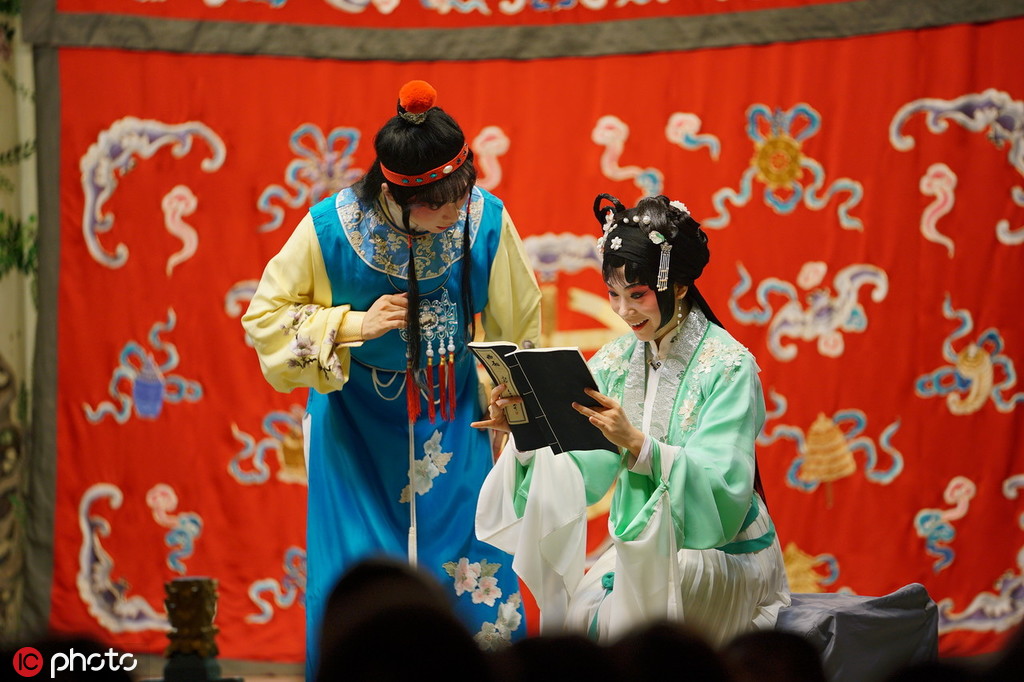Kun Qu opera


Kun Qu Opera developed under the Ming dynasty (fourteenth to seventeenth centuries) in the city of Kunshan, situated in the region of Suzhou in southeast China. With its roots in popular theatre, the repertory of songs evolved into a major theatrical form. Kun Qu is one of the oldest forms of Chinese opera still performed today.

It is characterized by its dynamic structure and melody (kunqiang) and classic pieces such as the Peony Pavilion (Mudan ting) and the Hall of Longevity (Changsheng dian). It combines song and recital as well as a complex system of choreographic techniques, acrobatics and symbolic gestures. The opera features a young male lead, a female lead, an old man and various comic roles, all dressed in traditional costumes. Kun Qu songs are accompanied by a bamboo flute, a small drum, wooden clappers, gongs and cymbals, all used to punctuate actions and emotions on stage. Renowned for the virtuosity of its rhythmic patterns (changqiang), Kun Qu opera has had a considerable influence or more recent forms of Chinese opera, such as the Sichuan or Peking opera.

The opera has suffered a gradual decline since the eighteenth century because of the high-level technical knowledge it also requires from its audience. Of the 400 arias regularly sung in opera performances in the mid-twentieth century, only a few dozen continue to be performed. The Kun Qu opera survived through the efforts of dedicated connoisseurs and various supporters who seek to attract the interest of a new generation of performers.
(Quoted from the entry of UNESCO Intangible Heritage List)




